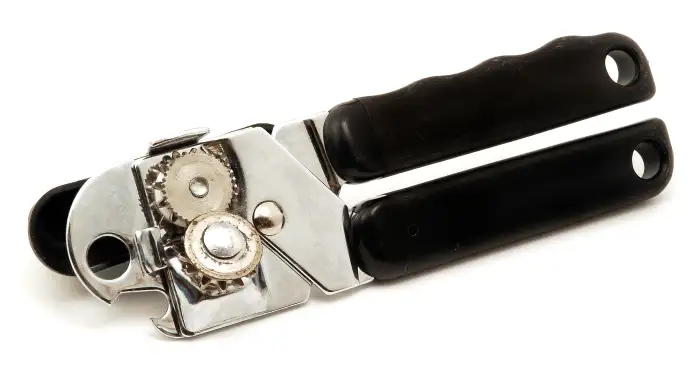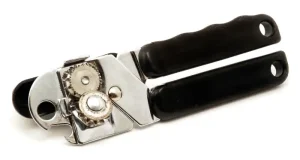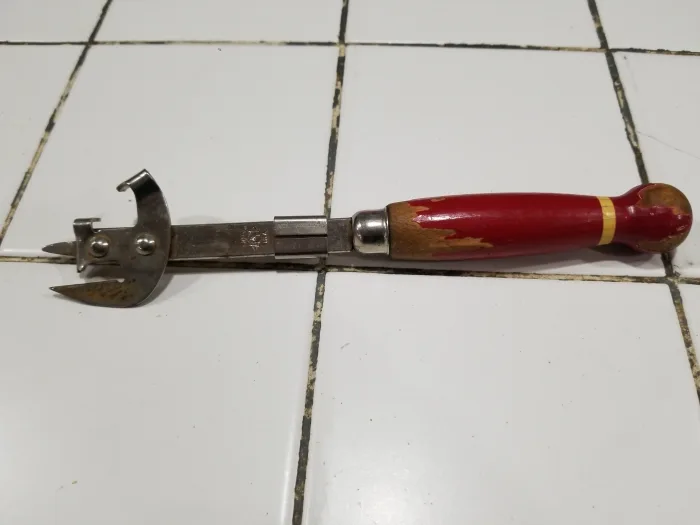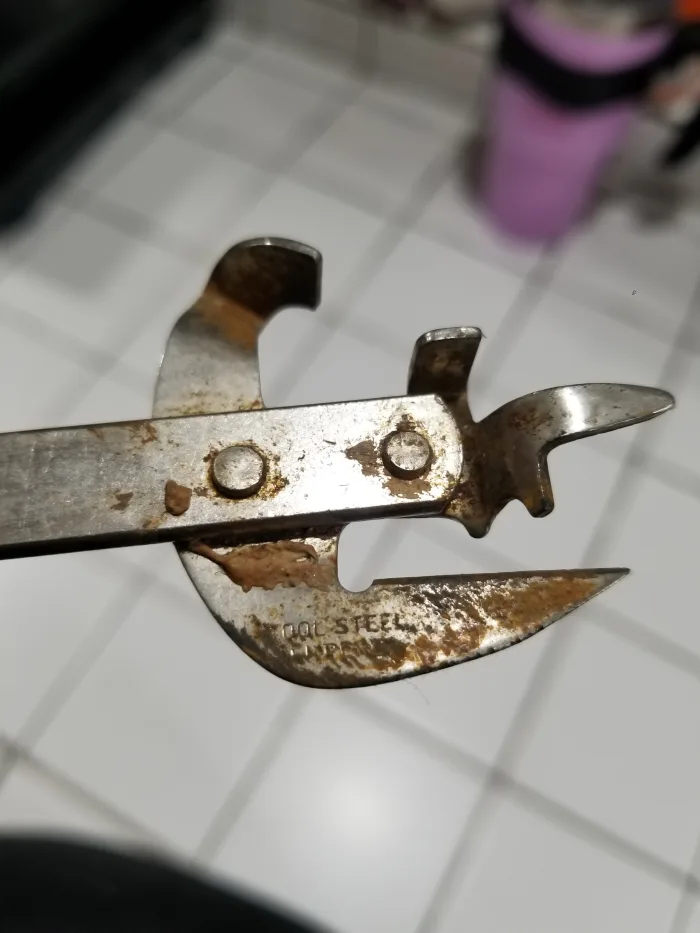Internet Users Stumped Over What This ‘Tool’ Is

A recent Reddit post ignited a lively online debate after a user shared a peculiar vintage kitchen tool, leaving many scratching their heads in confusion. Discovered while cleaning out a grandmother’s house, this peculiar metal device, with its sharp, almost weapon-like design, defied easy identification. Theories abounded, ranging from a specialized 19th-century can opener to a multi-purpose camping gadget. Some users even jokingly suggested it might have doubled as a weapon in a pinch.
ADVERTISEMENT
The online sleuthing began in earnest, with users pouring over images and offering their best guesses. “It looks like something you’d use to pry open a crate,” one commenter speculated. Another suggested it might be a specialized tool for opening stubborn jars. The mystery deepened as the thread gained traction, attracting a wider range of participants and a flurry of increasingly imaginative hypotheses.
ADVERTISEMENT

ADVERTISEMENT
Unveiling the Truth: A Painful Past Revealed
The mystery finally began to unravel as older users joined the conversation, sharing their personal experiences – and, in some cases, scars – linked to this antique tool. A wave of recognition swept through the thread as users realized the device was, in fact, an early version of the can opener.
“This thing was a hazard,” one commenter recalled. “I still have a scar from when it slipped while I was opening a can as a kid.” This sentiment resonated with many, who shared similar stories of jagged edges and the occasional metal shard that these early openers could leave behind.
“You had to punch it into the can and lever it forward step by step to cut the top off,” another user described the arduous process. “It worked, but it wasn’t for the faint of heart.” This firsthand account vividly illustrated the challenges faced by those who relied on these early can openers.
A Brief History of Can Opening: From Brute Force to Modern Convenience
The history of the can opener is a fascinating tale of human ingenuity. While canned food was invented in the early 19th century, a convenient method for opening them remained elusive for decades. In the early days, consumers resorted to brute force, employing tools like hammers and chisels to access the contents of their cans.
In 1858, Ezra Warner ushered in a new era with the invention of the first dedicated can opener. This lever-like device, equipped with a sharp, curved blade, offered a more efficient solution. However, safety remained a significant concern. This early model, primarily used by the U.S. military during the Civil War, still posed a risk of injury to the user.
A true breakthrough arrived in 1870 with the invention of a can opener featuring a rotating cutting wheel, courtesy of William Lyman. This innovative design significantly improved safety and ease of use, marking a turning point in the evolution of can opening technology. Subsequent decades witnessed further advancements, including the introduction of electric can openers in the 1930s and the development of ergonomic handheld models in the 1950s, bringing the tool closer to its modern form.
A Legacy of Both Danger and Convenience
Despite the advent of safer and more convenient modern openers, some individuals still hold a nostalgic fondness for the old-fashioned designs. “I still have one and use it occasionally,” one Facebook user shared. “It’s a dangerous little thing, but it gets the job done.”
Another user echoed this sentiment, lamenting the difficulty in finding these antique tools today. “Tried to buy one recently—you can’t find them anymore!”
While modern can openers have undoubtedly made the process safer and more convenient, this vintage tool serves as a poignant reminder of the ingenuity and sometimes perilous nature of past inventions. From the battle scars it may have inflicted to the fond memories it evokes, this old-fashioned gadget undeniably holds a unique place in the history of kitchen technology.







